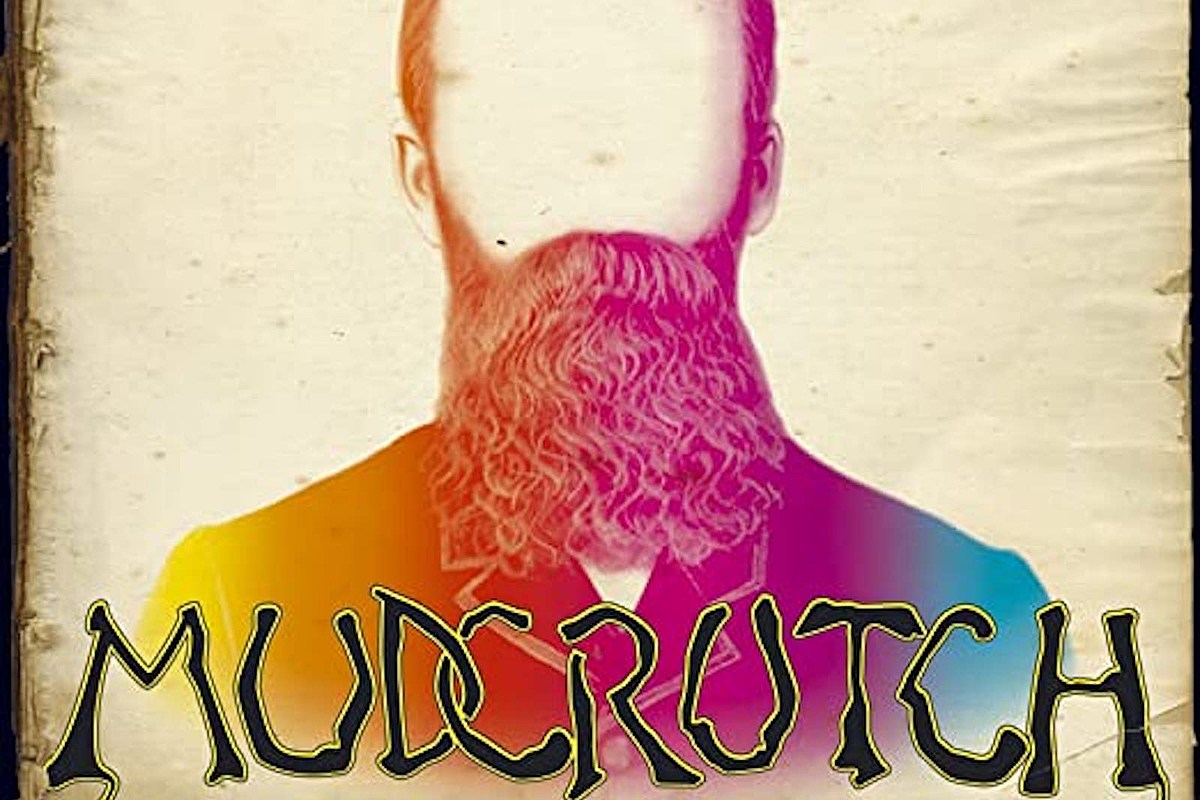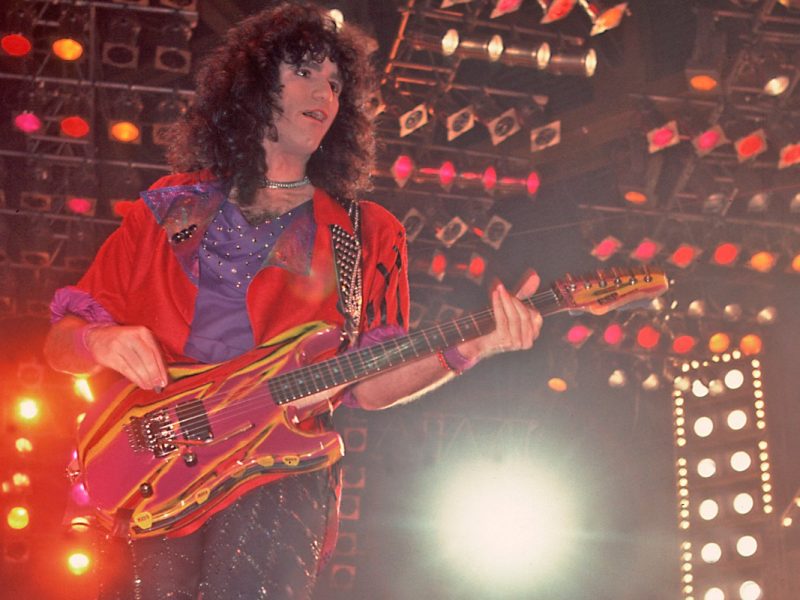For roughly three decades, Tom Petty couldn’t quite shake the feeling that he had unfinished business to attend to.
That unfinished business was Mudcrutch, Petty’s initial band from his teenage days in Gainesville, Florida. Mudcrutch, which formed in 1970, initially consisted of Petty on bass, Mike Campbell on guitar, Randall Marsh on drums, Tom Leadon (brother of Bernie Leadon of the Eagles) on guitar and Jim Lenahan as the singer. The group enjoyed local success, releasing a single, “Up In Mississippi”/”Cause Is Understood,” in 1971.
Lenahan was swapped out in 1972 for Danny Roberts, and keyboardist Benmont Tench was also added. They then attempted to move westward to Los Angeles, making a stop in Tulsa, Oklahoma where they signed with Leon Russell’s Shelter Records. They released one more, profitless single in 1974, “Depot Street,” before splitting up in 1975. Campbell and Tench would continue with Petty in the Heartbreakers, but Petty, decades later, still felt his first band had never gotten the chance the succeed.
“I just thought that maybe there was some music back there,” he said in the 2015 book, Petty: The Biography. “Mudcrutch never really got to be a band and make records. But we were good. It was a different thing than the Heartbreakers. But it really was a good little band.”
A little over three decades later, Petty had what he described to The New York Times in 2008 as a “random thought” to get the band back together. But it wasn’t all that random. The year prior, he’d released a documentary film about himself and the Heartbreakers, Runnin’ Down a Dream, directed by Peter Bogdanovich. The film chronicled Petty’s rise to fame, including his years with Mudcrutch, and it was around this time that Petty first began considering a reunion.
Listen to Mudcrutch’s ‘This Is a Good Street’
Bogdanovich had spoken with Leadon for the film, coming to visit him in Nashville at the school where he taught music. (Leadon had gone to California after Mudcrutch disbanded, playing with Linda Ronstadt and co-writing an Eagles song, “Hollywood Waltz,” among other endeavors.) Bogdanovich asked if Leadon had any photos from his Mudcrutch days, and then unwittingly revealed Petty’s idea to him.
“I showed him what I had,” Leadon recalled for Petty: The Biography. “As he’s looking at them, he says, kind of off-handedly, ‘Yeah, Tom’s thinking of having a reunion of Mudcrutch.’ And his words, just him saying that, shot through me like a bolt of lightning. Somehow, I could almost see the whole thing in that instant, that this band could be really good…like the whole thing. I could see it. I was trying to act like I hadn’t been hit with 186,000 volts. Then Peter said he’d asked Tom why he’d do that. You know, ‘Why have a reunion?’ I was thinking to myself, ‘No, don’t ask him that. Don’t say that. Please don’t say that.'”
Petty’s apparent response to that question was simply: “Well, I just want to do it.” He eventually called up Leadon, who could hardly believe it was really Petty on the line. “I thought maybe it was one of my friends pulling a prank. I wasn’t going to fall for it,” Leadon continued. “He had to convince me it was him. We hadn’t talked on the phone for 30 years. The last time I remember talking to him on the phone was 1977.”
Campbell was also a bit taken aback initially. “When Tom called me and said he wanted to do this,” he told The New York Times, “my first reaction was, why?”
But everyone agreed and soon after, Mudcrutch reconvened at Petty’s clubhouse, usually used for rehearsals, in California. It was turned into a full recording space, where the band could play live without headphones. The stakes felt low, Marsh recalled. “I thought we’d come in here, do a few songs, it would be nice to see everybody,” he said. “But I think Tom had some kind of insight that something would happen.”
Something did happen: the band seemed to fall right back into step with one another, starting with an original called “Special Place.” “Tom brought in this song he’d just written,” Campbell explained. “We started playing it, and when we got to the chorus, Leadon stepped up to the mike and sang the harmony. I don’t know how he even knew the words yet.” (“Special Place” was not included on the final album, but instead used as a bonus track.)
The band recorded an entire four songs on that first day, with most of the self-titled LP’s 14 tracks being captured within two or three takes. The LP’s ethereal centerpiece, “Crystal River,” was done in a single take. “When we listened back we saw no reason to do it again,” Petty said for The Biography. “It was one of the greatest nights of my life. I went home and started writing more songs while the other guys slept. That’s always a good sign.”
Listen to Mudcrutch’s ‘Crystal River’
The process felt natural, co-producer and engineer Ryan Ulyate explained to uDiscover Music in 2017. “They didn’t feel like they were making a record, they were just playing the songs down, and I was kind of secretly making a record in the other room,” he said. “They were able to get back to a certain kind of roots. And there was a kind of joy in that music and in that album because of that.”
Working again with Mudcrutch gave Petty the freedom to lean back a bit from his usual frontman duties. Leadon shared lead vocals with him on the opening track, “Shady Grove,” plus solo lead on “Queen of the Go-Go Girls,” and Tench sang lead all himself for one of his own originals, “This Is a Good Street.” Mudcrutch featured mostly original material, plus a few covers, like “Lover of the Bayou” (Roger McGuinn, Jacques Levy) and “Six Days on the Road” (Earl Green, Carl Montgomery).
“You’ve got people who go back that far, who grew up in the same area, with the same regional radio,” Tench later said to the Baltimore Sun. (Mudcrutch would go on to make a second album in 2016.) “Since everybody comes from the same literal swamp, there’s a lot of instinctive stuff in this band that’s really terrific.”
Frankly, Petty would later explain, he didn’t reunite Mudcrutch for any other reason than the sheer fun of it. After the album was released on April 29, 2008, the band hit the road for a brief West Coast tour, showcasing their new work. “I did it because I love those guys,” Petty said. “We’re all getting older. And one of the luxuries of this great success is we can pick and choose our projects. When you pick something that’s fun, you usually get good art.”
Watch Mudcrutch Perform ‘The Wrong Thing to Do’ Live in 2008
Tom Petty’s Heartbreakers: Where Are They Now?
The surviving members continue to forge new paths.



